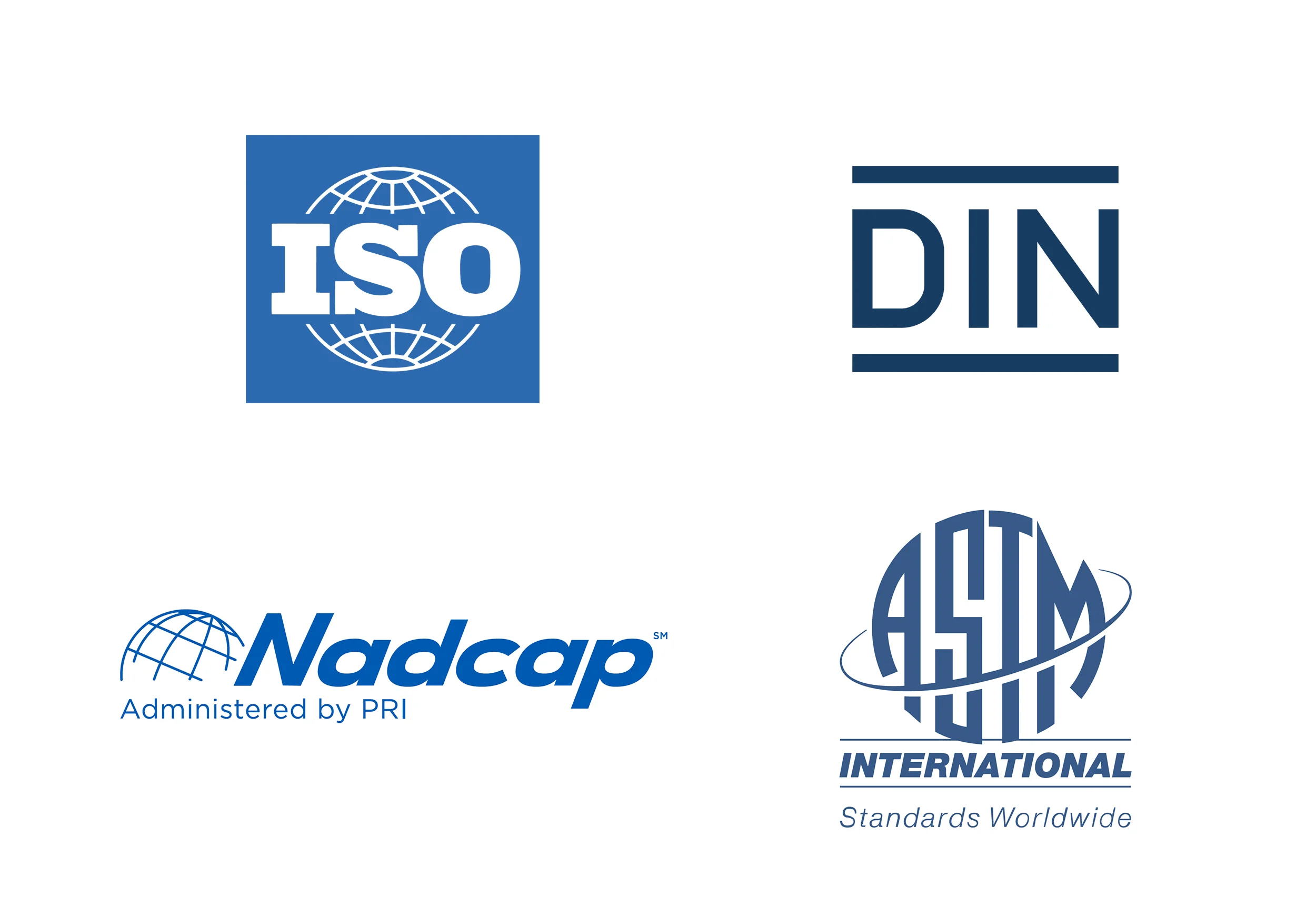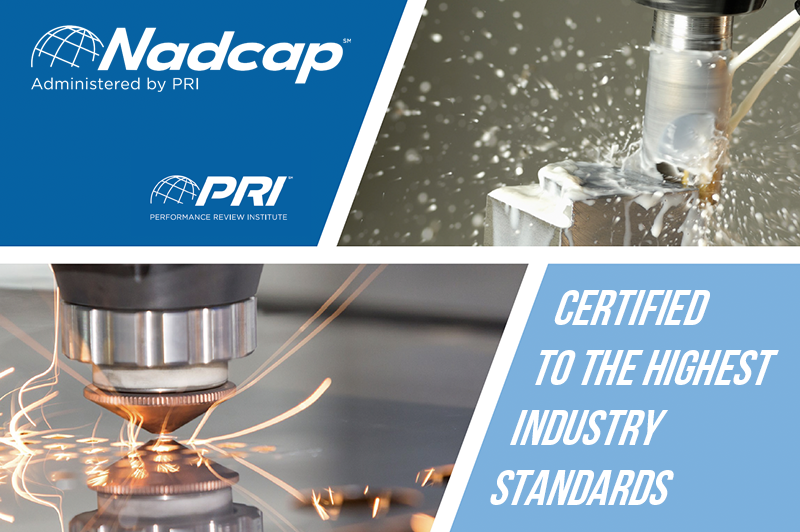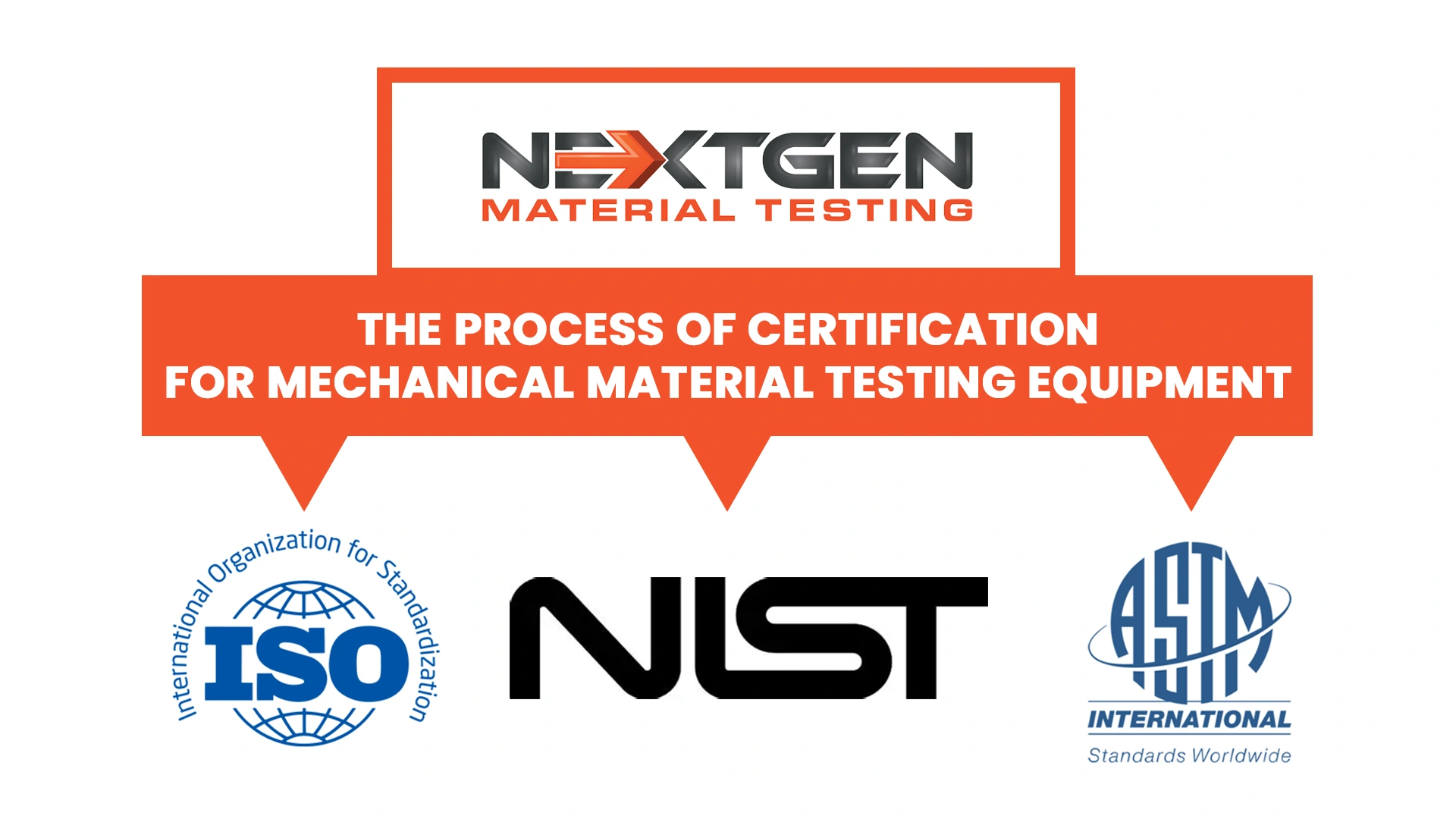Mechanical testing machines such as tensile testers, hardness systems, and impact testers form the backbone of material evaluation. Industries rely on them to confirm strength, durability, and performance. Yet one key question arises: how do we know these machines are giving results we can actually trust?
The answer lies in certification. When a testing system is certified, its accuracy and consistency are confirmed against recognized standards like ASTM, ISO, or EN. Some machines leave the factory already certified, while others require additional verification over time to stay compliant with international requirements.
The following sections outline how certification is carried out in practice, from the principles behind it to regional frameworks and the cycle of recertification. It highlights why certification matters to quality managers and engineers, what regional frameworks exist in North America, Europe, and beyond.
What Is Certification and Why Does It Matter
Certification in the context of mechanical material testing equipment means independent confirmation that a machine performs within the accuracy and reliability defined by international standards. A certified tensile tester or hardness machine has been checked against specific criteria such as load accuracy, displacement control, or indentation depth, and a calibration certificate is issued to document compliance.
 It is important not to confuse certification of equipment with accreditation of laboratories. Accreditation, such as ISO/IEC 17025, confirms the competence of a testing laboratory to carry out procedures correctly. Certification, on the other hand, applies directly to the machine itself, verifying that the equipment can produce results within the tolerances set by governing standards.
It is important not to confuse certification of equipment with accreditation of laboratories. Accreditation, such as ISO/IEC 17025, confirms the competence of a testing laboratory to carry out procedures correctly. Certification, on the other hand, applies directly to the machine itself, verifying that the equipment can produce results within the tolerances set by governing standards.
Standards organizations provide the foundation for this process. ASTM, ISO, EN, and DIN publish detailed procedures for testing and calibration. For example, ASTM E4 defines force verification for Universal Testing Machines, ISO 6508 sets the requirements for Rockwell hardness testers, and ISO 148 describes how Charpy impact testers must be validated. By aligning equipment with these standards, manufacturers and users gain confidence that the data generated will be accepted in both local and international contexts.
Regional Certification and Accreditation Frameworks
While the principles of certification are universal, the way they are applied often depends on the region. Each market has its own regulatory environment, standards bodies, and accreditation practices. Understanding these differences helps laboratories and manufacturers ensure that their equipment meets both local and international requirements.
North America (USA & Canada)
In North America, certification of testing machines is closely tied to ASTM standards and traceability to the National Institute of Standards and Technology (NIST). Manufacturers and calibration laboratories typically provide NIST-traceable certificates, which confirm that force measurements, hardness scales, or impact energies are aligned with nationally recognized reference materials. To maintain credibility, most service providers operate under ISO/IEC 17025 accreditation, demonstrating competence in calibration and measurement. In Canada, the Standards Council of Canada (SCC) recognizes the same framework, ensuring consistency across borders.
Europe
European certification follows ISO and EN standards, with national accreditation bodies such as UKAS in the United Kingdom and DAkkS in Germany overseeing conformity. Testing machines placed on the European market often carry CE marking, which confirms compliance with health and safety directives. While CE is not a performance certification for testing accuracy, it works in parallel with ISO and EN standards that govern machine calibration and operation. Laboratories and manufacturers rely on accredited bodies under ISO/IEC 17025 to issue certificates valid across the EU.
Asia
Asian markets largely mirror international practices but add local standards. In Japan, the Japanese Industrial Standards (JIS) define procedures for tensile, hardness, and impact testing. In China, the GB/T standards serve the same role and are increasingly harmonized with ISO requirements. Many Asian manufacturers certify equipment directly to ISO norms to facilitate exports, while local certification bodies provide region-specific approval when required. The overall trend is convergence toward ISO alignment, allowing results generated in Asia to be recognized internationally.

Certification Process and Frequency
The certification process for mechanical testing equipment follows a clear path designed to confirm accuracy at the point of manufacture and maintain reliability throughout the machine’s service life. It begins with factory certification, where the manufacturer verifies performance against recognized standards and issues a calibration certificate. This document typically includes traceability to national or international reference values, giving the first level of assurance to the customer.
Once the equipment is installed, responsibility for maintaining certification usually shifts to accredited laboratories. Organizations operating under ISO/IEC 17025 perform independent calibrations, checking force measurement, displacement, speed, or hardness scales at multiple points within the machine’s range. Their certificates provide recognized proof that the system continues to operate within tolerance.
Recertification is not a one-time event. Most quality programs require it on an annual basis, though the interval can be shorter if the equipment is moved, repaired, or used under demanding conditions. Regular recertification helps prevent measurement drift, aligns equipment with updated standards, and demonstrates compliance during audits. For many laboratories and manufacturers, this cycle is central to maintaining both data integrity and industry credibility.
Certification Services at NextGen Material Testing
At NextGen Material Testing, certification is not an afterthought – it is an integrated part of how we support laboratories and manufacturers. We provide both our equipment and third-party devices with full certification services, covering a broad range of mechanical testing systems. Our work ensures that machines meet the strict requirements of ASTM, ISO, EN, DIN, ISO/IEC 17025, NADCAP, and other regulatory frameworks.
 Our certification services extend across universal testing machines, hardness testers, impact testers, extensometers, torque systems, microscopes, vision systems, and durometers. Whether the requirement is direct or indirect verification, we facilitate compliance with widely recognized standards such as:
Our certification services extend across universal testing machines, hardness testers, impact testers, extensometers, torque systems, microscopes, vision systems, and durometers. Whether the requirement is direct or indirect verification, we facilitate compliance with widely recognized standards such as:
- ASTM E4 & ISO 7500-1 for force verification of universal testing machines and load cells.
- ASTM E83 & ISO 9513 for extensometer and strain measurement accuracy.
- ASTM E18, E10, E92, E384, ISO 6508-2, ISO 6506-2, ISO 6507-2, ISO 4545-2 for Rockwell, Brinell, Vickers, and Knoop hardness testers.
- ASTM A956 for Leeb portable hardness systems.
- ASTM E23 & ISO 148-2 for Charpy impact machines.
- ASTM D2240 & ISO 21509 for rubber property durometer hardness testers.
- ASTM E1951 & ASTM E384 for microscopes and vision systems used in microhardness and imaging analysis.
- ASTM E2428, E2624, ISO 6789-2, DIN 51309 for torque testing machines.
- ASTM E1012, ASTM E2309, ASTM E2658 for alignment, displacement, and extensometry verification.
- ANSI/NCSL Z540-1-1994 & ISO/IEC 17025:2017 for calibration system accuracy and traceability.
- NADCAP audit requirements for aerospace and defense testing, including precision alignment devices meeting ASTM E1012 and NASM 1312B.
By combining our in-house expertise with partnerships through accredited calibration providers, we deliver certification that is traceable, audit-ready, and globally recognized. Clients can be confident that their testing equipment works correctly, meets the necessary standards during audits, and consistently provides reliable and accepted results.
Bringing Certification Into Daily Practice
Certification gives mechanical testing machines a clear baseline for accuracy at delivery, then keeps them on track through periodic recertification. Regional frameworks differ, but the goal is the same: traceable measurements, accepted results, and smooth audits. With the right standards applied and records in order, quality teams can trust the numbers they report.
NextGen Material Testing supports that full cycle. We help validate new systems at the factory stage and keep installed equipment within tolerance through scheduled verification. From UTMs and hardness testers to impact systems and strain devices, we align machines with the relevant ASTM, ISO, and EN requirements and provide audit-ready documentation.
If you’re looking for certification services or for equipment supplied with certification and ready to run on day one, NextGen has you covered. Get in touch with our team or request a quote online, and we’ll respond promptly.
